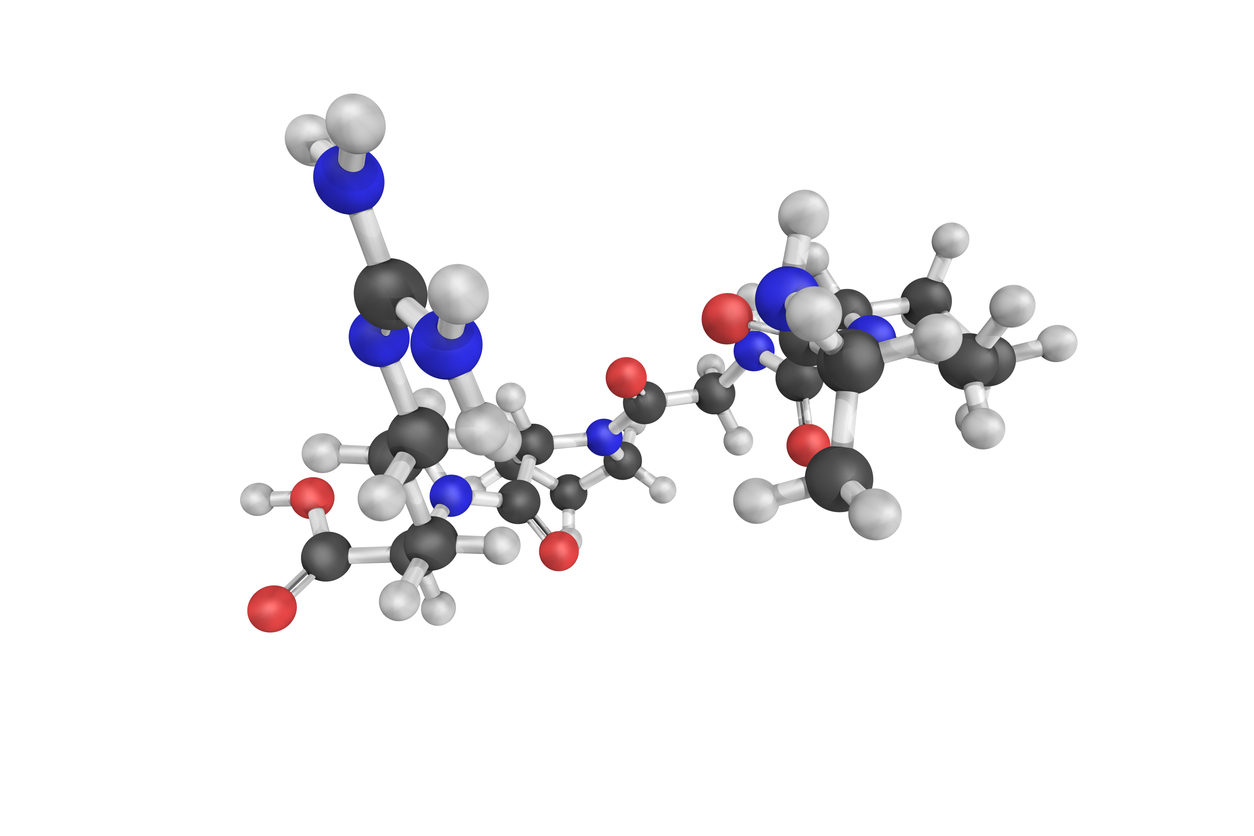Expert Knowledge
25/4/2024
Advanced Drug Discovery: what you need to know about HCI (High Content Imaging)

High content imaging (HCI) can be utilised throughout drug discovery, from target identification to lead optimization and clinical development. The powerful combination of detailed acquisition and image analysis with the automation and robotics required to process multi-well plates, provides researchers with the potential to gain detailed insights on the impact of drug or genetic manipulation on complex biological systems in a high-throughput manner.
Here are some of the disease indications in which High Content Imaging may be able to accelerate your drug discovery journey:
Neurodegenerative Disease: High content imaging can be used to study the pathology of neurodegenerative diseases, such as Alzheimer's, Parkinson's, and Huntington's disease. High content imaging enables the screening of potential therapeutics and the identification of compounds able to modulate disease-associated pathways by examining cellular markers of disease progression, such as protein aggregation, mitochondrial dysfunction, and neurite degeneration, in mono or co culture systems.
Oncology: High content imaging in 3D models is widely used in cancer research to study tumour growth, invasion, and response to therapy. 3D tumour spheroids or organoid models can recapitulate key features of solid tumours, such as heterogeneous cell populations and spatial organization. High content imaging allows researchers to analyze parameters such as tumour size, morphology, and drug penetration within 3D tumour models, facilitating the discovery of novel anticancer drugs and personalized treatment strategies.
Fibrosis: High content imaging enables the quantification of functional and phenotypic changes in cells in response to drug treatment. It can therefore be used to assess multiple important parameters associated with mesenchymal cell activation(e.g., fibroblast or pericyte) to scar-producing myofibroblasts, including collagen production and cytoskeletal reorganisation.
Sample Image : Fibrosis

We utilise the CellInsight CX7 LZR Pro HCSPlatform , fill in our enquiry form today to find out more on how this technology could transform your drug discovery journey.








.jpg)

